International Heritage Centre blog
‘Date Palm Corps:’ The Salvation Army in the Middle East
‘Date Palm Corps:’ The Salvation Army in the Middle East
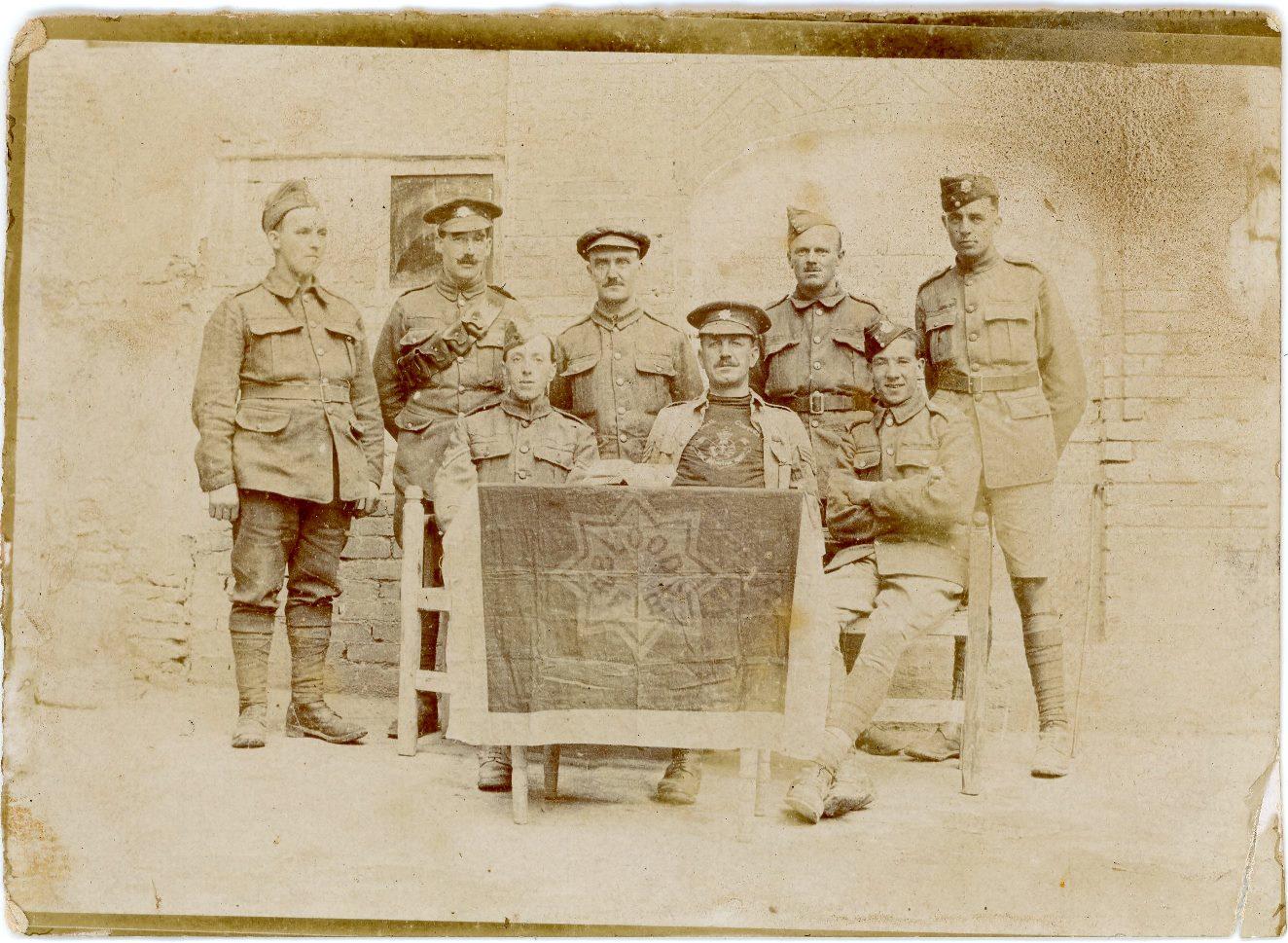
The forthcoming centenary of the end of the First World War has sent us looking at some of our collections around that conflict. Some of the more surprising documents and objects that have come to light relate the war in the Middle East. This led us to look at the wider history of The Salvation Army in the Middle East.
The Salvation Army had been providing support to members of the armed forces since the Boer War of 1899-1902 but even before that had assisted Salvationists in the armed forces to find opportunities to get together in worship. The armed forces serving in the Middle East during the First World War were no exception and we have evocative photographs taken of two Salvation Army ‘corps’ made up of Salvationists in what was then Mesopotamia: Baghdad Corps and the Date Palm Corps in Basra. We are also fortunate enough to hold the flags from these two corps as part of our object collection. Salvationists serving in the armed forces produced a newsletter for Mesopotamia and 'The Egyptian War Cry,' an unofficial version of the Salvation Army’s newspaper, examples of which are held in our archives. During the war the bandmaster of The Salvation Army’s International Staff Band kept up a correspondence with members of his band dispersed by the war, some of the surviving replies are from men serving in Egypt and Mesopotamia, many wishing that “we could have a band so that we could ‘carry on’ in real good Salvation Army style.”
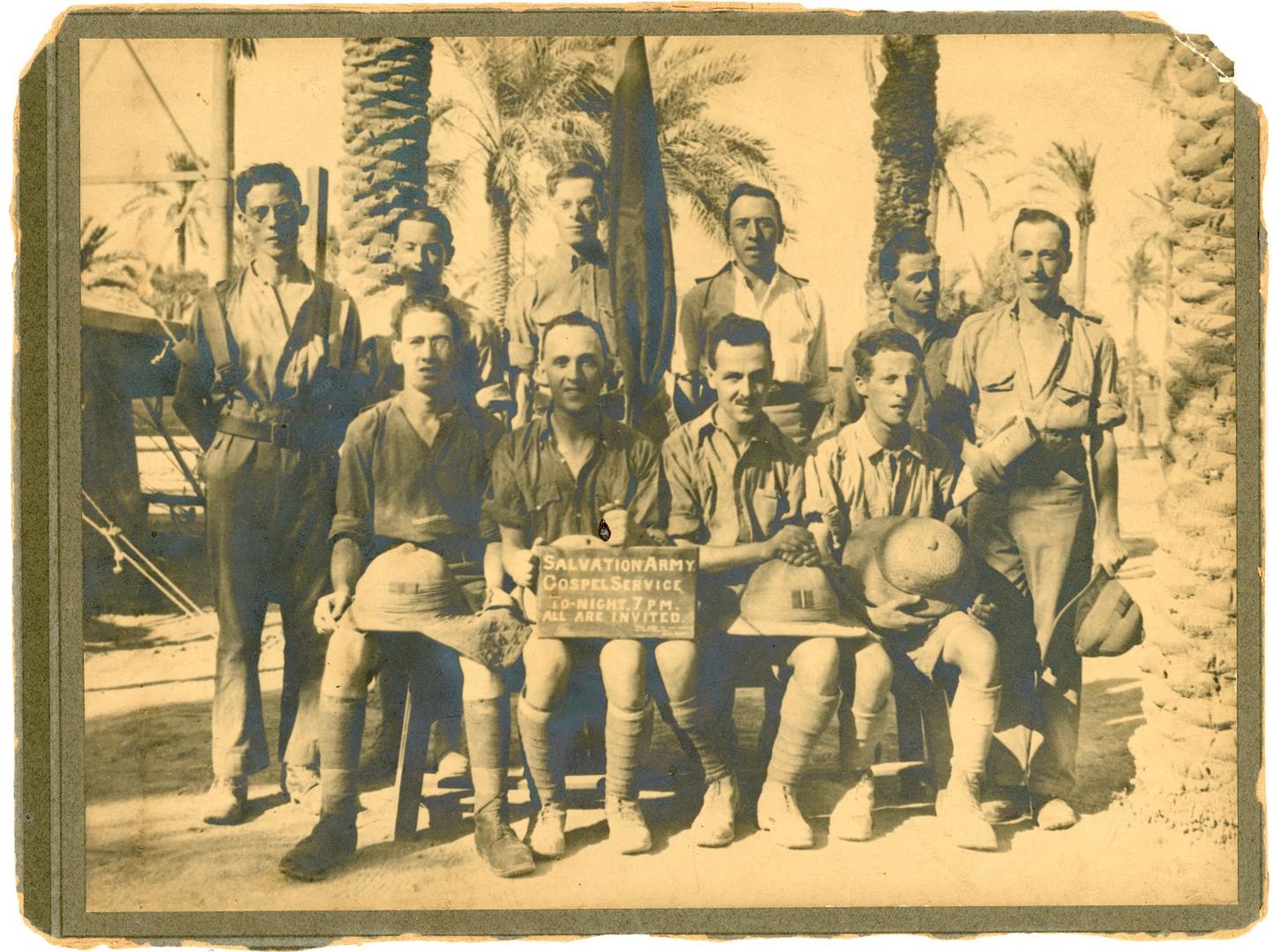
Between the wars, The Salvation Army established its first official presence in the Middle East when, in May 1936, meetings were held in Port Said, Egypt. By 1940 The Salvation Army had “been a means of blessings to Arabs, Jews, Greeks, Italians, Frenchmen, Britons, Germans, Russians and people of many other nationalities passing through his cosmopolitan port.” In 1939 two new converts joined The Salvation Army, including a Muslim who was “the first Egyptian woman to become a Salvationist.”
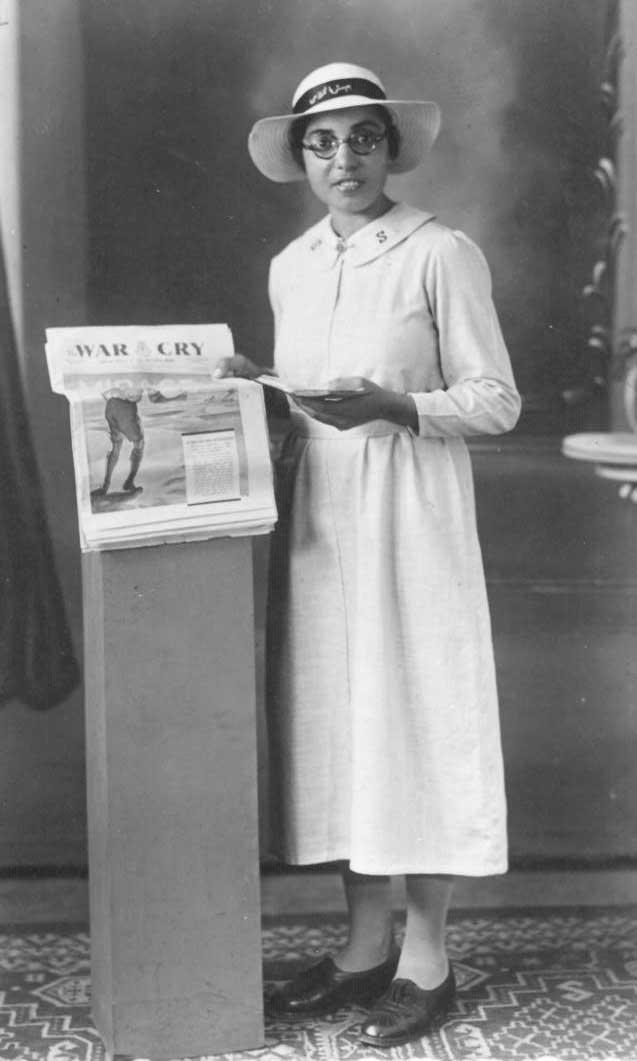
In the Second World War, British armed forces again return to the Middle East, with Salvationists amongst them. Support to the armed service was provided via Red Shield canteens and clubs in Egypt, Israel and Lebanon, as well as mobile canteens active across the region. In 1943 one Salvationist serving in Syria with the British Army wrote to International Headquarters in London about opening work amongst Syrian Armenians after the war had ended. A 'War Cry for the Middle East' was published in Cairo between 1942 and 1945. The Salvation Army is well known for its brass bands and it’s not surprising that Salvationists also formed their own brass bands such as the Cairo Red Shield Band and a band at Haifa.
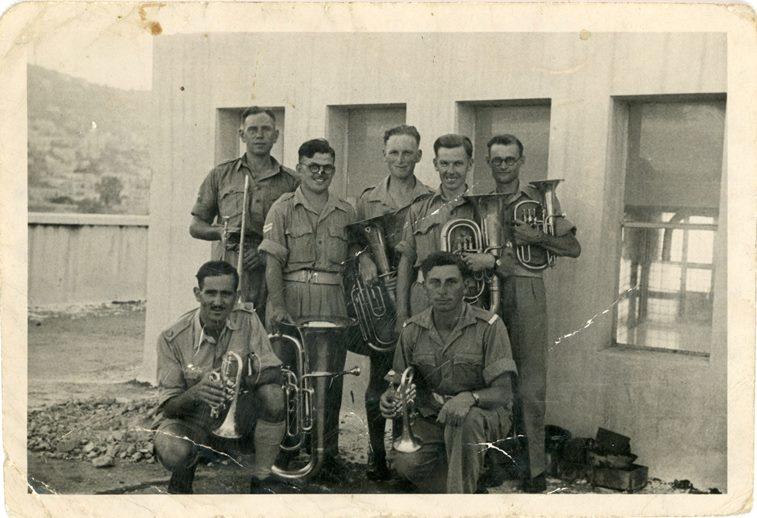
The 1990s saw The Salvation Army providing emergency response to a number of natural disasters and conflicts in the Middle East, including earthquakes in Turkey and the Gulf War of 1990-1991. This period also saw The Salvation Army’s evangelical work take root in the Middle East amongst migrant Salvationists from south Asia working in Dubai and Kuwait.
In the early C21st The Salvation Army was back in the middle east in response to the British and American led invasion of Iraq in 2002. From 2003 to 2008, The Salvation Army ran a number of humanitarian and relief programmes with the civilian population. Then, in 2008, the meetings held by south Asian Salvationists were officially recognised by General Shaw Clifton and officers were appointed from London to establish an official Salvation Army presence in the region (or rather re-establish, as the Egyptian Salvation Army in Port Said did not long survive the Second World War). The Salvation Army Middle East Region, headquartered in Kuwait City, now has 11 corps across Kuwait and the UAE, with more than 400 members.
Steven
July 2018
Read other blogs from the Heritage Centre
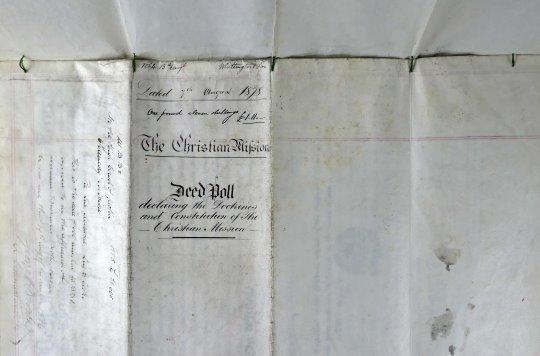
‘The Foundation Deeds have never failed’: The Salvation Army Acts deconstructed
This blog came about as a result of a series of enquiries about The Salvation Army’s Acts of Parliament – what they are and why they were created...
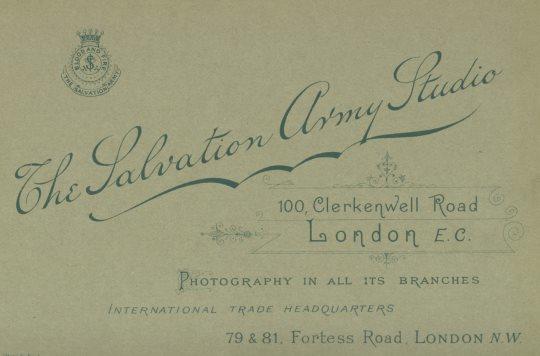
Identifying historical photographs
Identifying the sitters or occasion shown in a photograph is one of the things we are often asked to do but sadly most of the time it is impossible...
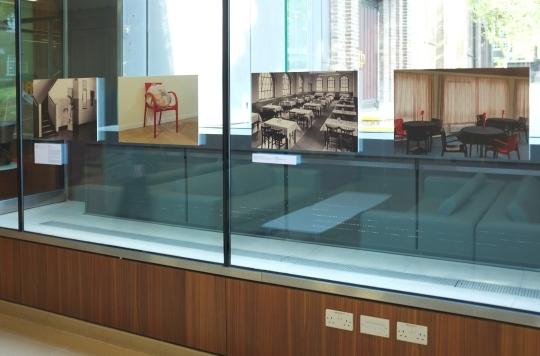
Homelessness photography exhibition previews at William Booth College
Before it moved to its current location in Liverpool, William Booth College hosted Quiet Room, Tony Mallon’s latest photography exhibition...
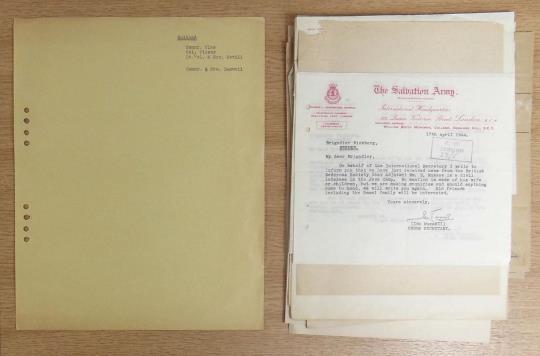
Sweden saves the day!
One of my first projects as the new archive assistant late last year was to catalogue nineteen boxes of correspondence pertaining to The Salvation Army’s provisional International Headquarters during the Second World War…